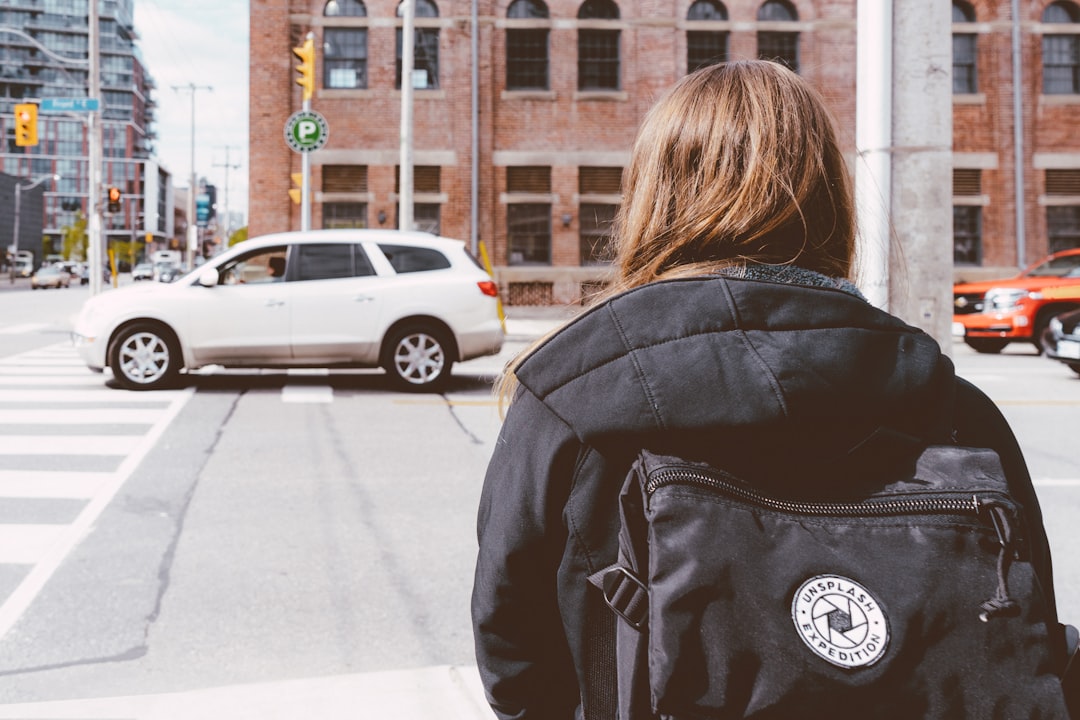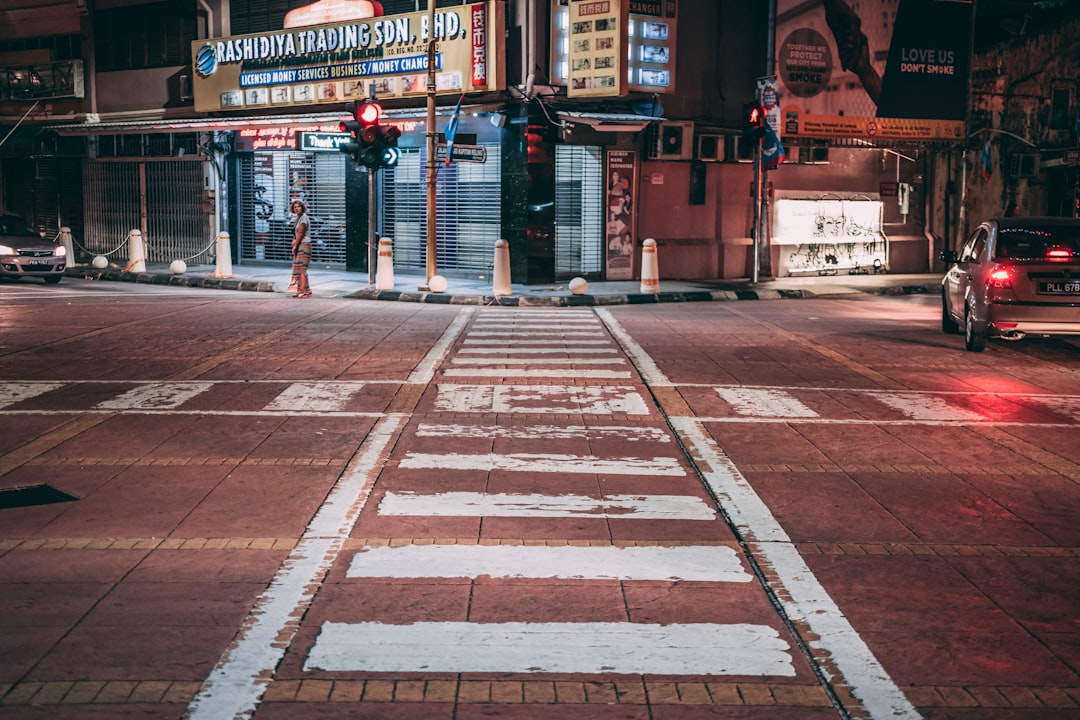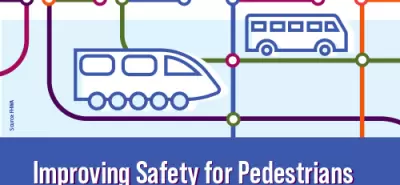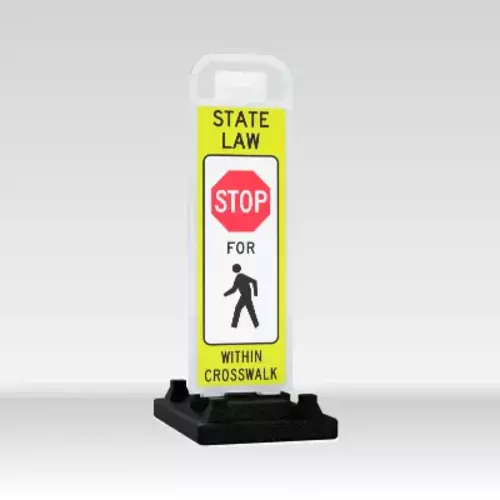School Zone Pedestrian injuries to children represent a major health problem in the United States.
School Zone Pedestrian injuries to children represent a major health problem in the United States.
 Pedestrian Crosswalk Signs school safety supplies
Pedestrian Crosswalk Signs school safety supplies
Pedestrian injuries to children represent a major urban health problem in the United States. Thousands of children each year are struck by moving motor vehicles; such collisions result in numerous hospitalizations and deaths. At particular risk are young school-age children between the ages of 5 and 9 years.
Slowing down. While only some school zones will have reduced speed limit signs posted, slowing down in a known school zone is a general rule of thumb and a way to guarantee safety. A pedestrian struck by a vehicle traveling at 20-25 miles per hour is nearly two-thirds less likely to be killed than a pedestrian struck by a vehicle traveling at 30-35 miles per hour.
Nnew findings fit with evidence that kids are three times as likely to get hit by a car when traffic speed exceeds 25 miles an hour, and now we know why. Not only do speedy drivers need more reaction time, now it appears that young pedestrians simply can’t see the cars coming in the first place. It can be a deadly combination.
To combat the dangers of school zones, cities and counties have made school zone laws stricter. Speed limits through these areas during school hours is often restricted significantly to help drivers slow down and watch for children.
- The NHTSA observed approximately 39,000 students in school zones in 2016 and found that:
- Nearly 1 in 4 high school-students and 1 in 6 middle school students were observed to be distracted walkers.
- 44 percent were wearing headphones; 31 percent were texting; 18 percent were talking on the phone, and 7 percent were performing a combination of the three.
- Unsafe street crossing (crossing at a point other than a designated crosswalk, not observing oncoming traffic, etc.) was observed in nearly 80 percent of students.
- Nearly 1 in 4 high school-students and 1 in 6 middle school students were observed to be distracted walkers.
- Only about 4 out of 10 children pedestrian zones had speed limits of 20 miles per hours posted.
- Marked crosswalks are missing in approximately 3 out of 10 child pedestrian zones.
- For drivers, distracted driving (or otherwise unsafe driving practices) were observed in approximately 1 in 3 drivers.
- This includes texting while driving, double parking, or stopping in the middle of a crosswalk while dropping off/picking up students.
- After-reg hours tend to yield more injuries and fatalities in school-zones, with nearly 1 in 4 child pedestrian fatalities occurring between 3 PM and 7 PM.
https://www.safekids.org/sites/default/files/alarming_dangers_in_school_zones.pdf







